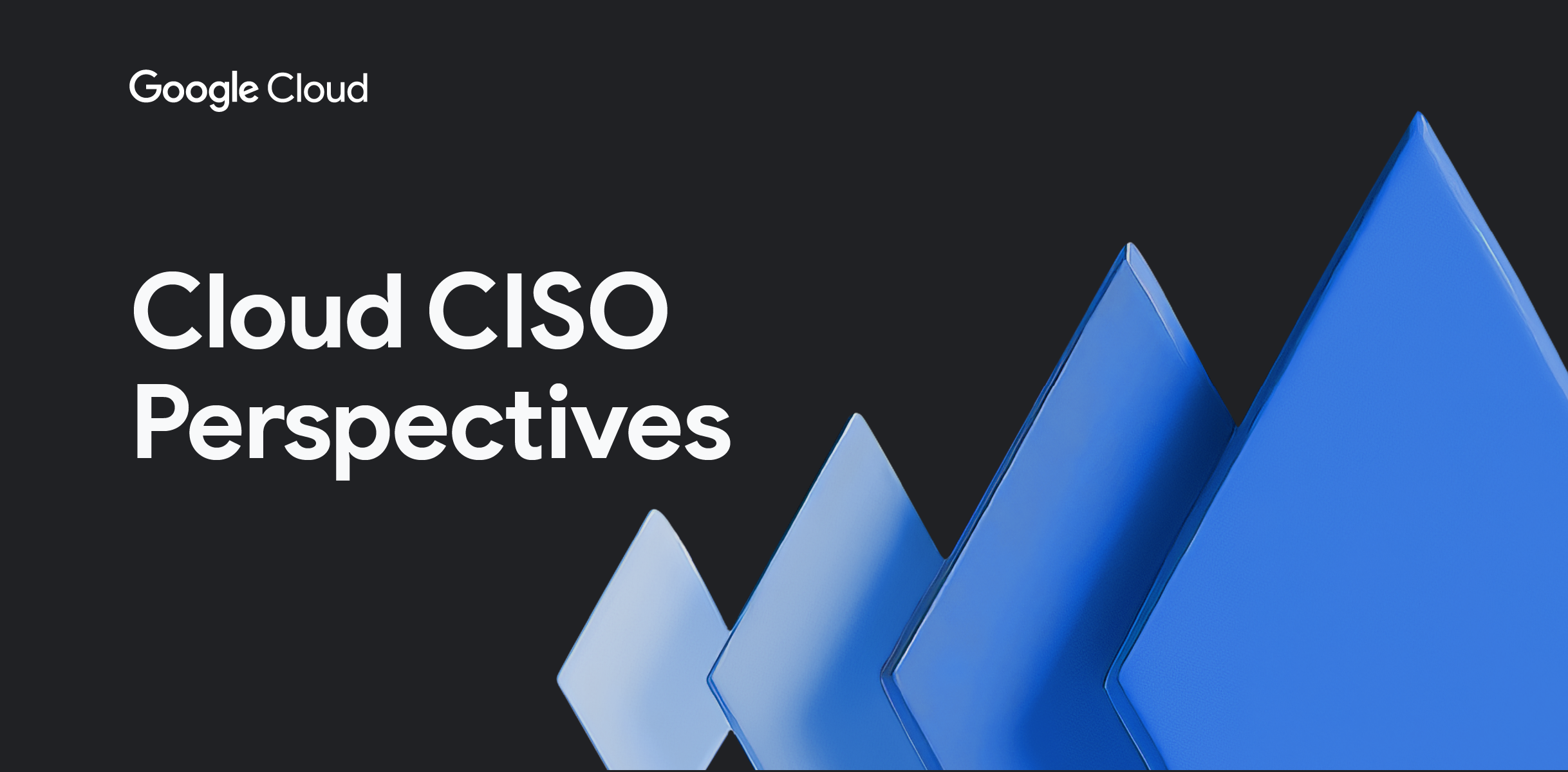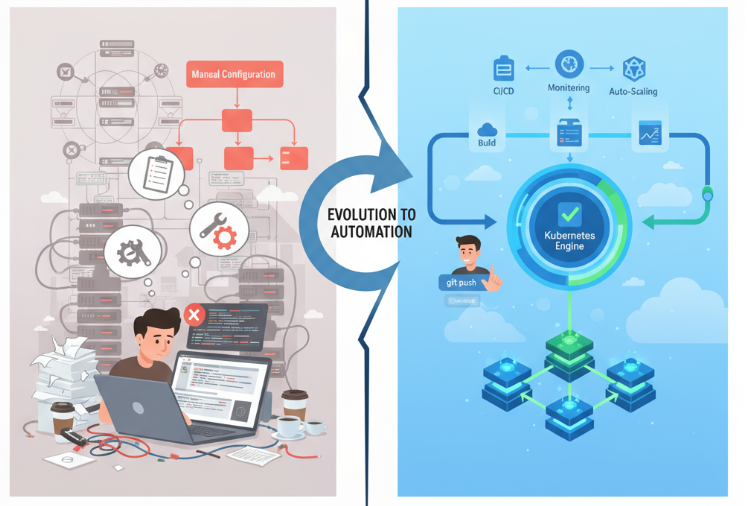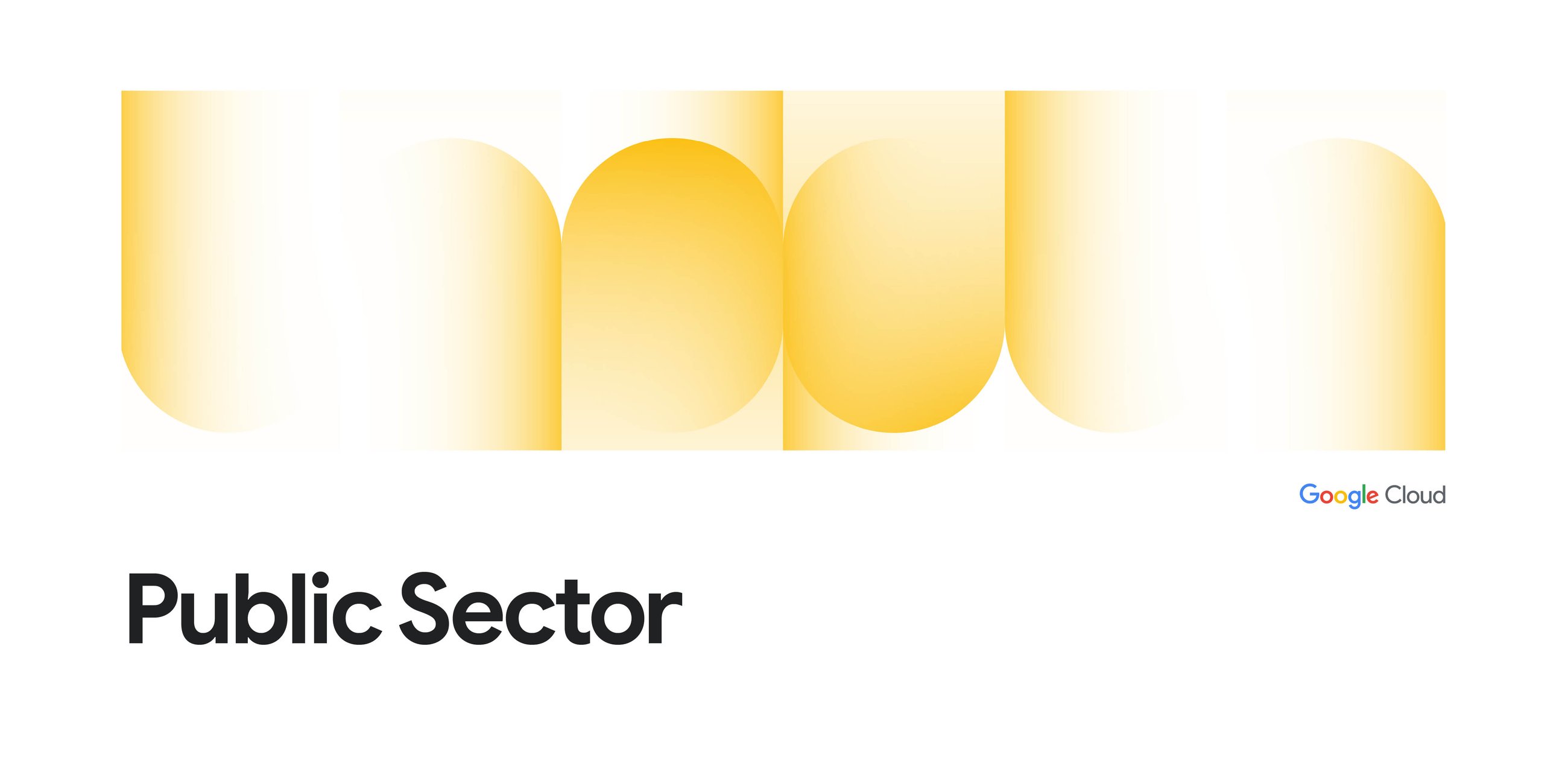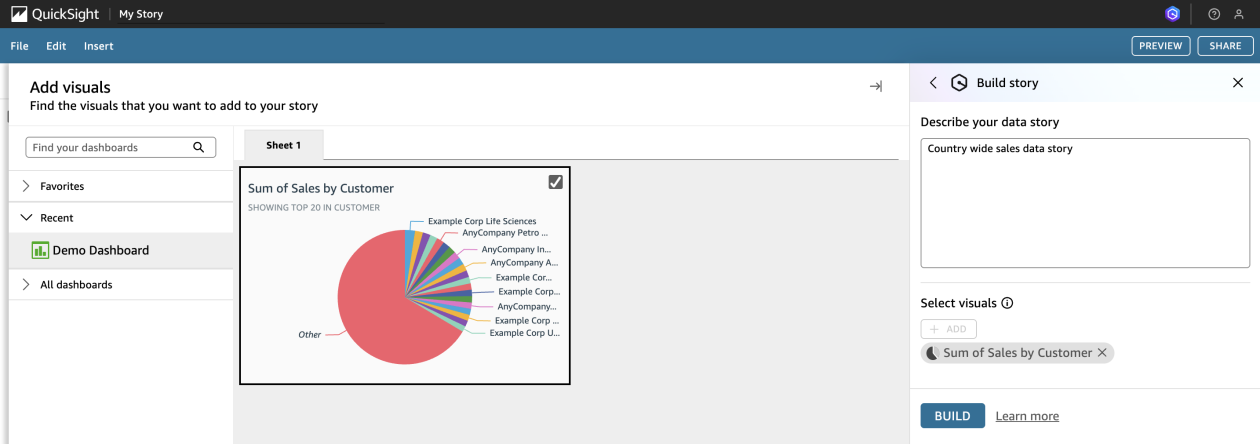
The prevalence of legacy on-premises databases and increasingly complex multicloud infrastructure adds another layer of difficulty. Securing outdated systems alongside diverse cloud environments requires specialized skills and tools, further straining resources and potentially introducing vulnerabilities.
Addressing these multifaceted challenges requires a strategic and coordinated effort focused on standardization, robust security practices, and resource optimization.
How AI can help: Automating the future (of threat detection)
AI-based threat detection models offer a promising path toward a more resilient cybersecurity posture. By combining AI’s advanced capabilities with real-time cybersecurity intelligence and tooling, key cybersecurity workflows can be greatly streamlined.
Previously, these workflows required heavy personnel investment, such as root cause analysis, threat analysis, and vulnerability impact. As we’ve seen, AI-driven automation can provide a crucial assist in scaling for the true scope of the threat landscape, while also accelerating time-to-completion. At Google Cloud, we are seeing the benefits of AI in security today, as these three examples demonstrate.
However, achieving optimal effectiveness for government agencies requires a tailored approach.
Public sector networks often have unique configurations, legacy systems, and security-focused workflows that differ from commercial enterprises. By ingesting agency-specific data — logs, network traffic patterns, and historical incident data — AI models can learn baseline behaviors, identify deviations more accurately, reduce false positives, and improve detection rates for threats specific to public sector networks.
Adding the automation inherent in agentic AI-driven threat detection leads to better security and more sustainable operations. By automating the initial triage and analysis of security alerts, agencies can better respond, predict resource allocation, and develop more accurate cybersecurity budgets. This automation can reduce the need for constant manual intervention in routine tasks, leading to more predictable operational costs and a more effective cybersecurity team.
Ultimately, automating threat detection will maximize the capabilities of SOC staff and reduce toil so that teams can focus on the most important alerts. By offloading repetitive tasks like initial alert analysis and basic threat correlation to agentic AI, human analysts can focus on more complex investigations, proactive threat hunting, and strategic security planning. This shift can improve job satisfaction and also enhance the overall effectiveness and efficiency of the SOC.
At Google Cloud’s Office of the CISO, we’re optimistic that embracing AI can help improve threat detection even as overall budgets are reduced. Sometimes, you really can do more with less.
To learn more about how to implement AI securely and safely, check out our research on common gen AI mistakes to avoid.
Source Credit: https://cloud.google.com/blog/products/identity-security/cloud-ciso-perspectives-how-governments-can-use-AI-improve-threat-detection-reduce-cost/




